In the circuit shown in Fig. 4.41, calculate the current in each resistor and potential difference across each resistor.
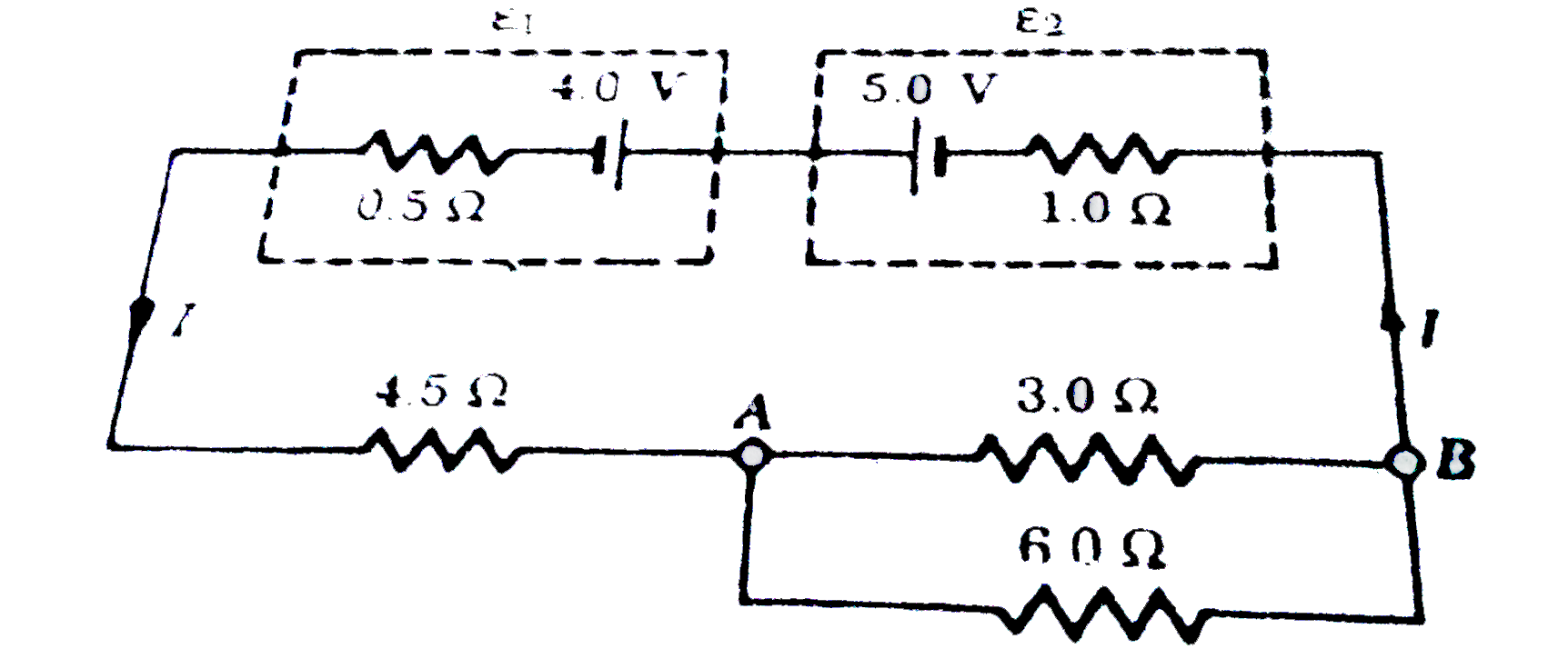 Solution in Gujrati
Solution in Gujrati
The correct Answer is:(B)
Impulse = Change in momentum =1(4ˆi+ˆj)−1(6ˆi+ˆj)=−2ˆi
Which is perpendicular to the wall.
Component of initial velocity along ˆi=6ˆi⇒ Speed of approach =6m/s
Similarly speed of separation =4ms−1⇒e=46=23
Topper's Solved these Questions
- BOOK - ALLEN CHAPTER - CURRENT ELECTRICITYEXERCISE - EXERCISE-III26videos
CURRENT ELECTRICITY
- BOOK - ALLEN CHAPTER - CURRENT ELECTRICITYEXERCISE - EXERCISE-IV A32videos
CURRENT ELECTRICITY
- BOOK - ALLEN CHAPTER - CIRCULAR MOTIONEXERCISE - EXERCISE (J-A)6videos
CIRCULAR MOTION
- BOOK - ALLEN CHAPTER - GEOMETRICAL OPTICSEXERCISE - subjective14videos
GEOMETRICAL OPTICS
Similar Questions
If each resistance in the figure is of 9Ω then reading of ammeter is
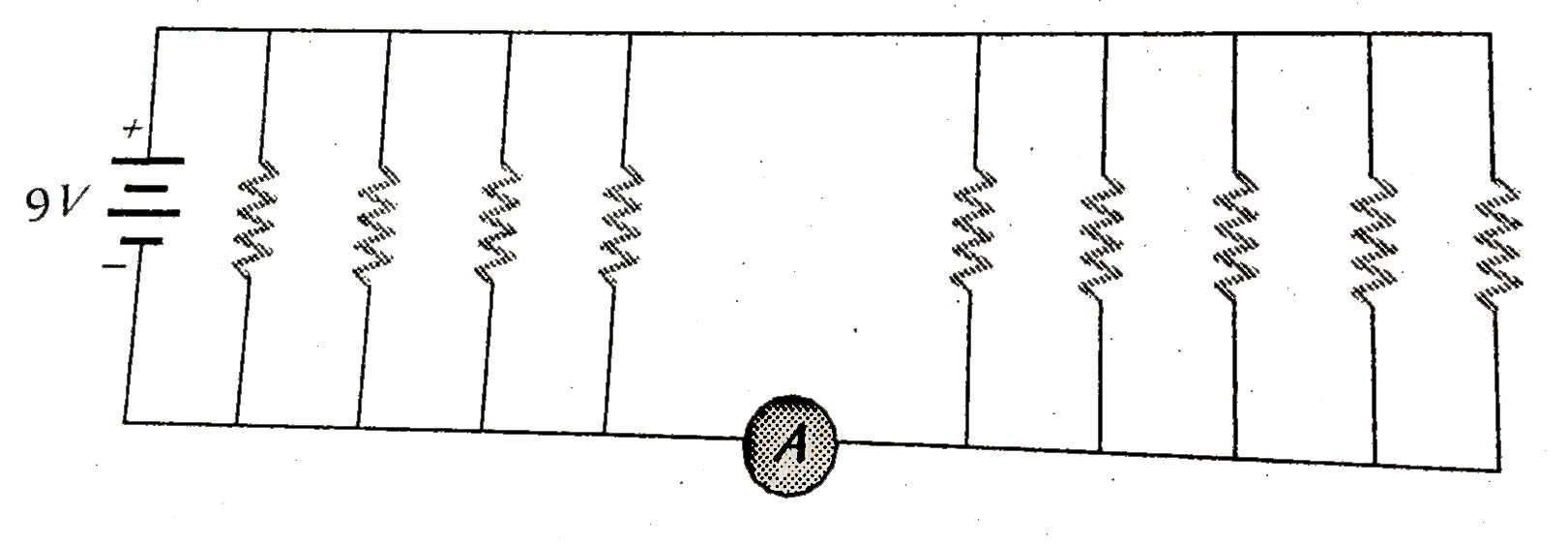 05:03View Solution
05:03View SolutionBy a cell a current of 0.9 A flows through 2 ohm resistor and 0.3A through 7 ohm resistor. The internal resistance of the cell is
03:55View SolutionA ball of mass (m)0.5kg is attached to the end of a string having length (L)0.5m. The ball is rotated on a horizontal circular path about vertical axis. The maximum tension that the string can bear is 324N. The maximum possible value of angular velocity of ball (radian/s) is -
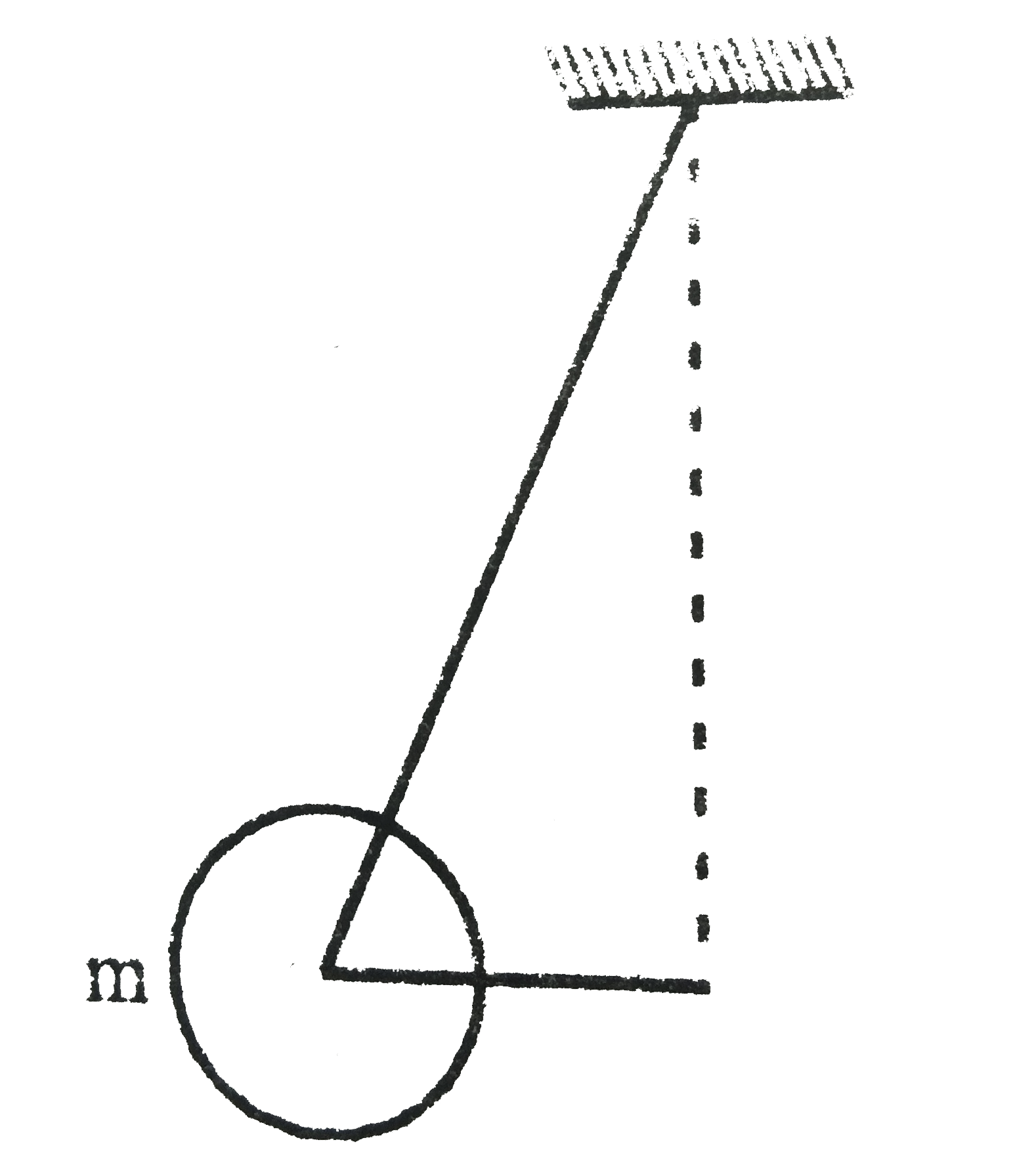 .18:32View Solution
.18:32View SolutionA prism of refractive index n1 & another prism of reactive index n2 are stuck together without a gap as shown in the figure.The angle of the prisms are as shown. n1&n2depend onλ,the wavelength of light according to n1=1.20+10.8×104λ2&n2=1.45+1.80×104λ2 where λ is in nm.
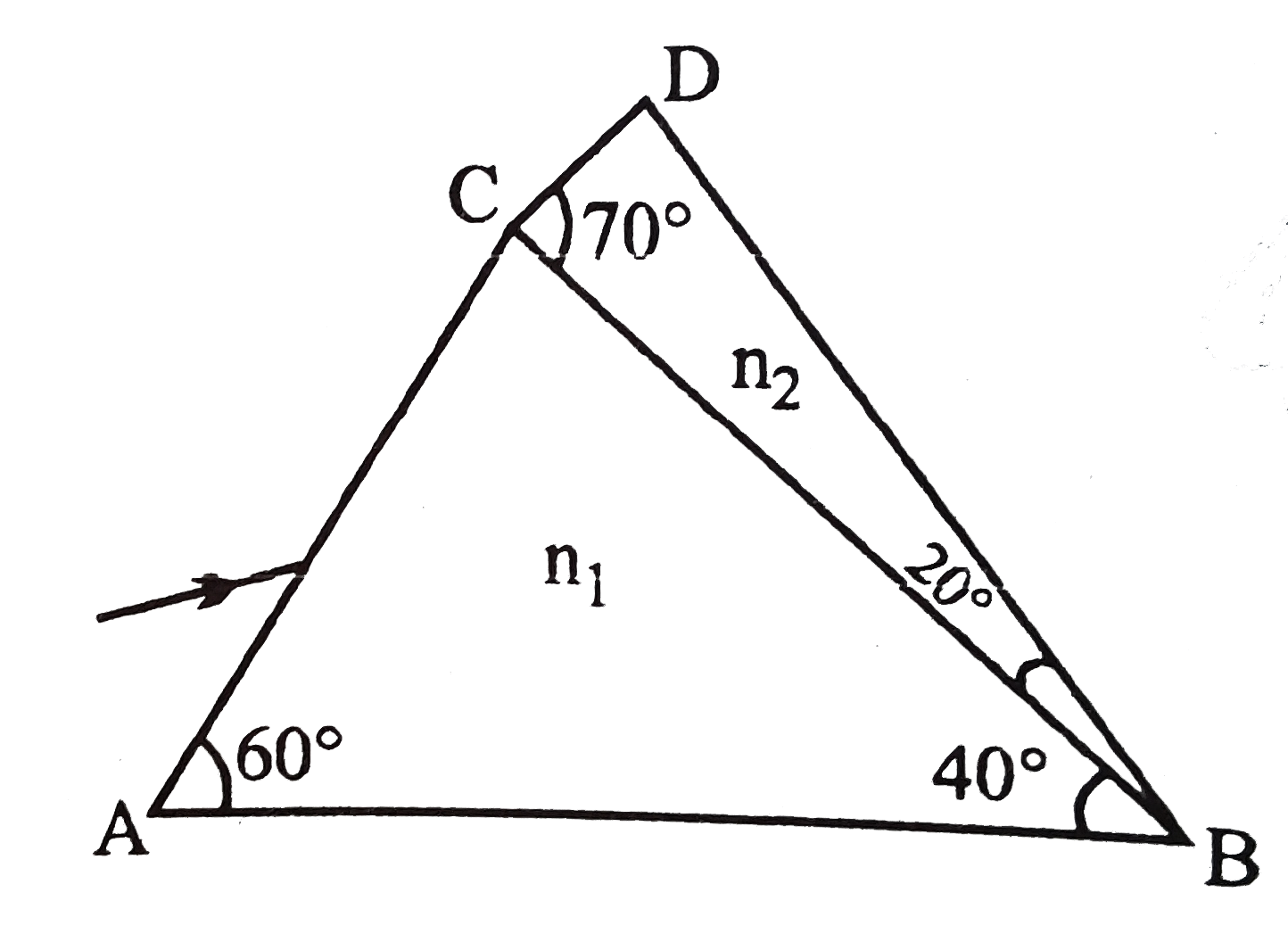
(i)Calculate the wavelength λ0for which rays incident at any angle on the interfaceBCpass through without bending at that interface.
(ii) for light of wavelength λ0,find the angle of incidencei on faceACsuch that the deviation produced by the combination of prism is minimum.05:13View SolutionFind the current in each resistor in the circuit as shown in fig.
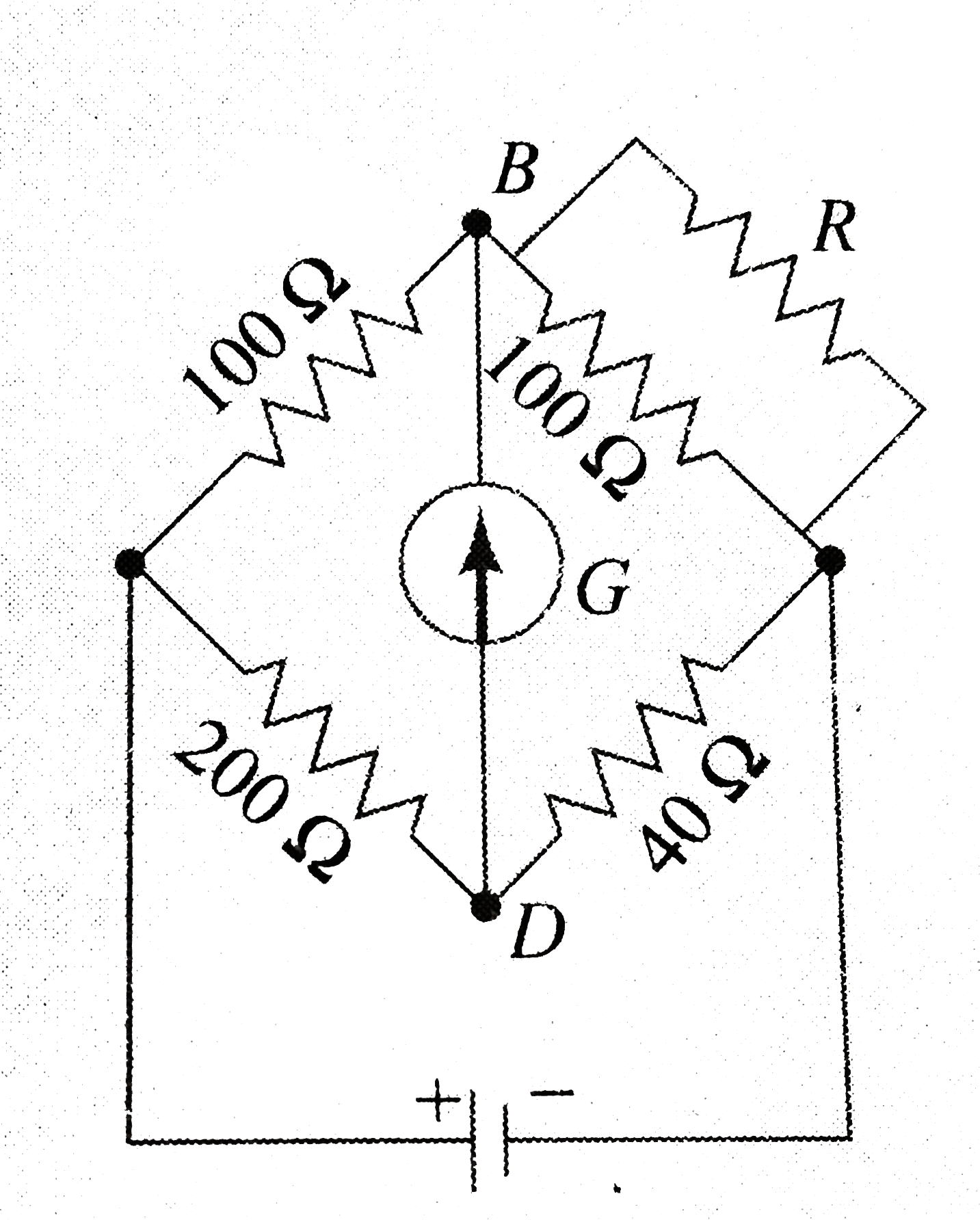 02:38View Solution
02:38View SolutionIn the circuit shown in fig the voltage across the 2Omega resistor is 12V. What is the emf of the battery and the current thorugh the 6Oemga resistor?
01:07View SolutionA resistor circuit is constructed such that 12 resistor are arranged to form a cube as shown in fig. Each resistor has a resistance of 2Omega. The potential difference of 30V is applied across two of the opposing points as shown In question 20, the potential difference between the points C and G is
04:46View SolutionIn the circuit shown in Fig. calculate
(i) current in the circuit
(ii) Potential difference across each element.
 02:50View Solution
02:50View SolutionFind the current in each resistor in the circuit shown below:
08:00View SolutionIn the circuit shown below: The potential difference across the 3 Omega resistor is:
03:48View SolutionSolve: Two resistors having resistance of 16 and 14 are connected in series, if a potential difference of 18 V is applied across them, calculate the current flowing through the circuit and the potential difference across each individual resistor
07:47View SolutionOut of the four circuits shown,for studying the dependence of current on the potential difference across a resistor,the correct circuit is
01:44View SolutionFind the current in each resistor in the circuit as shown in fig.
 02:07View Solution
02:07View SolutionIn the circuit shown in fig the voltage across the 6Ω resistor is 12V. What is the emf of the battery and the current thorugh the 6Oemga resistor?
 View Solution
View SolutionA resistor circuit is constructed such that 12 resistor are arranged to form a cube as shown in fig. Each resistor has a resistance of 2Ω. The potential difference of 30V is applied across two of the opposing points as shown
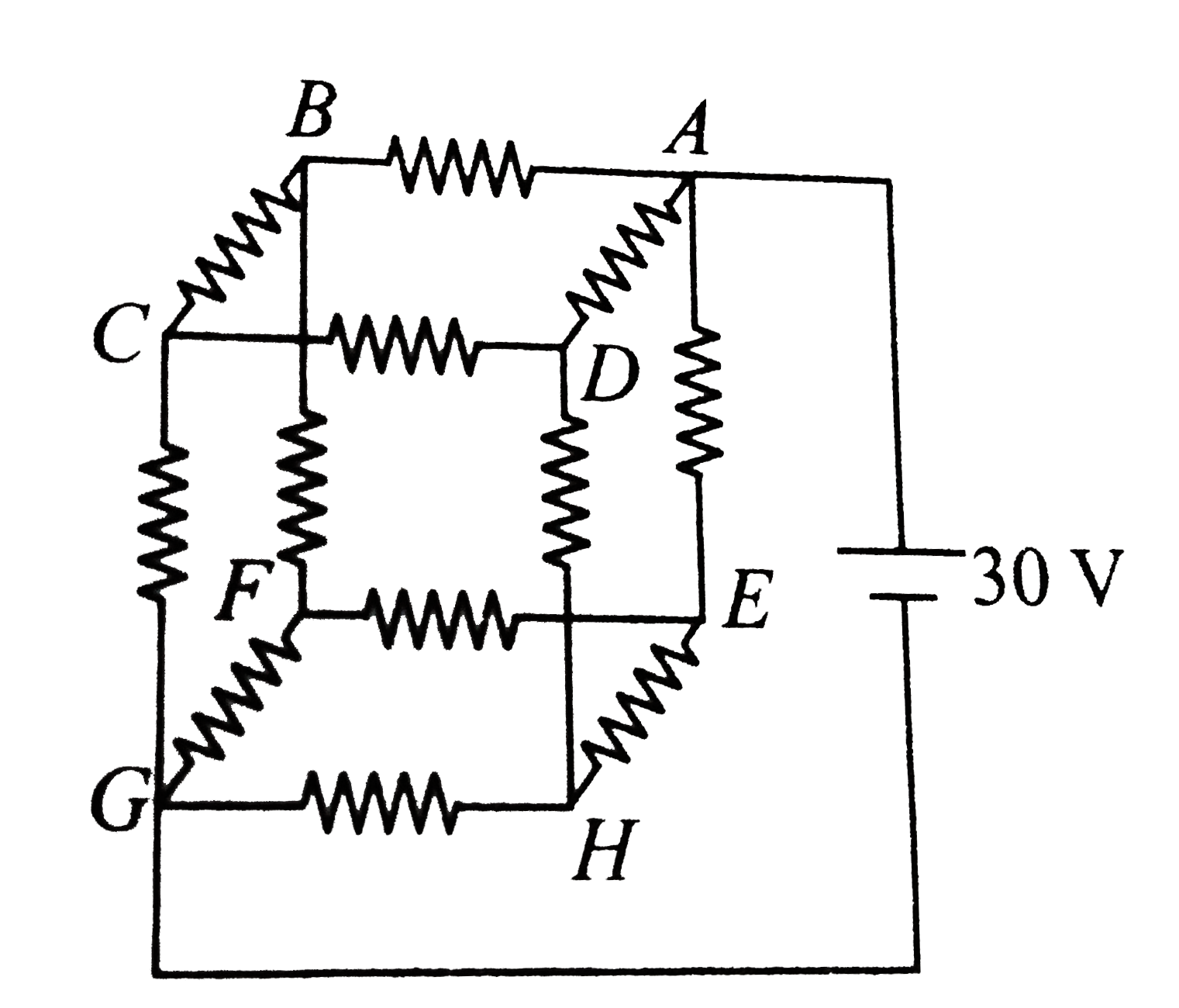
In question 20, the potential difference between the points C and G is01:32View SolutionIn series circuit, potential difference across each resistor is always the same.
03:23View Solution

